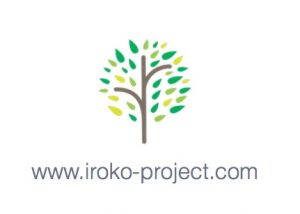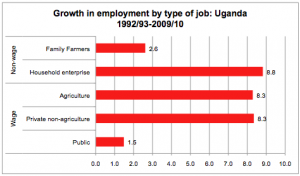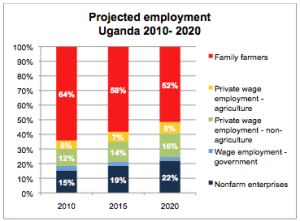 The Iroko project is the first crowdlending platform in West Africa. The objective is to allow individuals to lend their savings directly to small and medium-sized companies in West Africa, for a fixed term and interest rate.
The Iroko project is the first crowdlending platform in West Africa. The objective is to allow individuals to lend their savings directly to small and medium-sized companies in West Africa, for a fixed term and interest rate.
The project:
The project was created by two former students of Paris HEC (who graduated in June 2016), passionate about the dynamics and stakes that cross the African continent, especially West Africa.
Their work is based on a threefold observation: in the coming decades, the creation of millions of jobs represents a major challenge of the region, but SME’s are the main levers of job creation. However, these companies often lack the necessary funds for their development. This is the famous “missing middle” or “missing link” of financing. Since September 2015, they have been working on the opportunity of crowdfunding for small and medium businesses from West Africa and they conducted a feasibility study in April/May 2016 in Senegal and Ivory Coast. This study led to partnerships notably with Cofina group and Lendopolis (KissKissBankBank Group).
There were 3 objectives: to develop a legal operational model in the West Arican legal framework (there is no regulation on crowdlending in West Africa yet), to gauge the SMB and lender's interest in the service and to create strategic partnerships with local institutions. Then, they presented and published their report (which is available on their website) and went back in October to start their activity.
The aim of the pilot stage (october to march) is to realize the three first lendings of about 30 millions CFA francs each. The first collection will start after the first project presentation during the launching event in Dakar on November 15th. They also joined the Cofina Group business incubator in Dakar.
Function and business model
The pivot of their model is their partnerships with agencies that assist SME’s, such as the Entreprise Upgrading Office or the ADEPME in Senegal. Every small and medium business funded is supported and tutored by these agencies for at least a year. These provide quantitative and qualitative information on the companies they assist and act as trusted third parties. The applications transmitted by these agencies are then reviewed by the Iroko Project team, and for those selected, presented to the lender community. The needs of the projects funded, vary between 10 and 100 million CFA francs. If the needs are more substantial, they can be complemented with a traditional bank loan. Once the project is presented online, lenders choose individually if they want to contribute, depending on the quantitative and qualitative information available on the company and its team. They also decide the amount they want to lend: between 100 000 and 2 million CFA francs. During this phase, lenders have the possibility to exchange with the manager and ask questions about the company activity. Data on social and environmental impacts are also highlighted, following the setting up of credit are also highlighted. These include: number of jobs created, reduction in the use of fossil energy, impact on local products etc. Once the collection is completed, the credit is disbursed and the reimbursements start. The proposed remuneration to lenders equals the credit interest rate and is around 9 to 14% each year.
The service proposes a complementary source of financing and a performing savings product, affordable for individuals. Once the credits have been set up, the Iroko project teams are in charge of following up the reimbursements and the possible recovery in partnership with the agencies. Concerning the default risk, as a last resort, it is supported by the lenders who are actually paid for the risk taken.
The economic model relies on the amount drawn during the credit setup, incurred by the company at a rate of 4,5 % of the total credit amount.For the lenders, the service is free and joining the community is very simple. Iroko project is open to every resident having a bank account in CFA francs. The only documents required are an ID and and bank transfer information.
Conclusion
The goal is to create a dynamic network where lenders and borrowers coordinate their funds, competence and know-how to encourage the development of the West African economic structure. The team is aware that their service targets the West-African privileged part of the population who have a strong savings capacity. Developing innovative and popular payments channels such as mobile money is a priority. However, these solutions are still very expensive and very difficult to bear by the parties at stake (SMB, lenders, Iroko Project).
Finally, the team hopes that their initiative helps the implementation of a specific regulation for crowd lending in this region. That is the reason why they discuss with the Senegalese authorities and the UEMOA zone to support the reflexion in that way.
The official project launching is scheduled on November 15th 2016 in Dakar.
You can contact the Iroko project team at contact@iroko-project or on Facebook and Twitter
Translated by
Anne-Sophie Cadet



